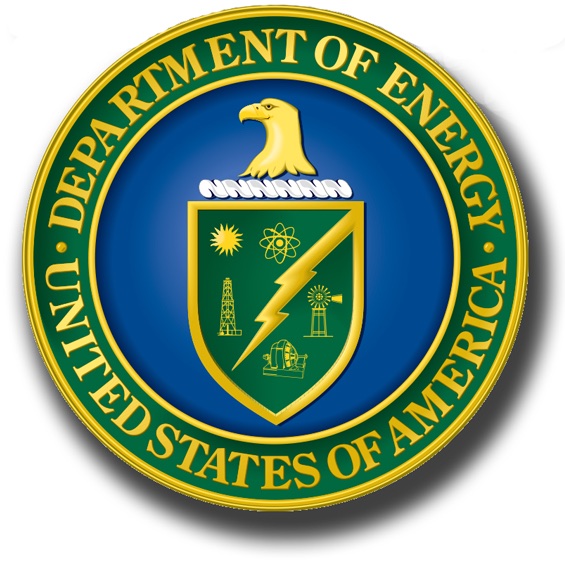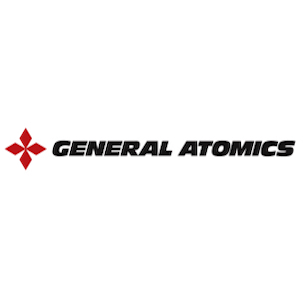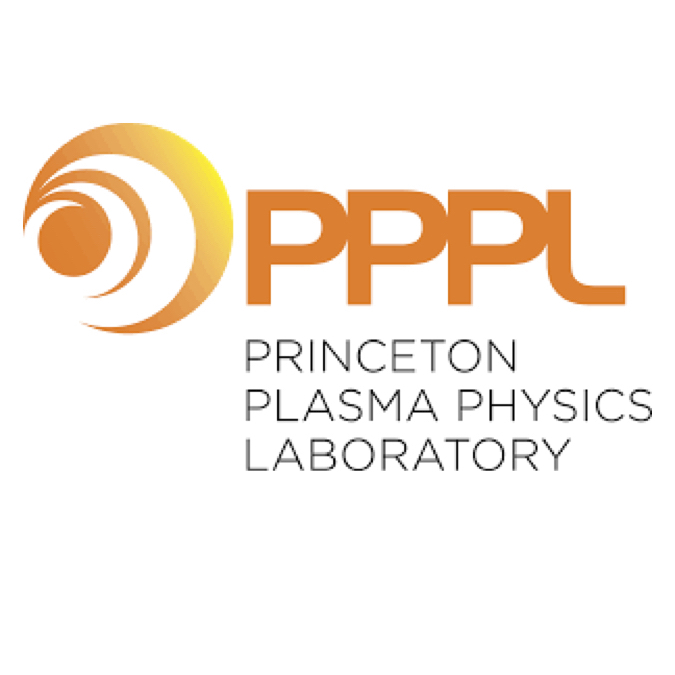The ITER DRGA as a fusion plasma process control diagnostic
C.C. Klepper, T.M. Biewer, J.D. Lore,1 E. Lerche, M. Schneider, P. Andrew, P.C. de Vries, T. Wauters, L. Zabeo, R.A. Pitts, B.R. Quinlan, D.A. Rasmussen, E. Schuster
30th IEEE Symposium on Fusion Energy
Oxford, UK, July 9-13, 2023
The Diagnostic Residual Gas Analyzer (DRGA), an integrated, multi-sensor diagnostic system, will
access and sample the ITER sub-divertor region, in the ducts of the cryogenic pumps, out-of-sight
of the main plasma chamber. It will deliver time resolved neutral gas composition measurements
directly related to fuel cycle processes in the core plasma, in plasma-wall equilibration
timescales, i.e., ~1 sec [1, 2]. The system will be capable of simultaneously resolving the hydrogen
isotopes, H/D/T, and the helium isotopes 3He/4He, with enough resolution and sensitivity to
detect [H]/[T+D+H] or [T]/[T+D] down to the 1%-concentration level, and [3He]/[T+D+H] or
[4He]/[T+D+H] down to 0.1%-conc. [3]. These are critical capabilities for the ITER research
program, including the pre-fusion power operation (PFPO) phases. As such, they are explicitly
called out in the latest version of the ITER Research Plan [4], e.g., when using the three-ion ICRH
scheme based on heating 3He in a H:4He mixture. The ability to carry out such measurements
without the need for direct access to/through the main chamber wall, or a blanket module,
makes this diagnostic approach attractive for use even beyond ITER, in future burning plasma
fusion devices. The response time of the ITER DRGA, the current vision to provide its data
continuously during the plasma pulse, and steps being taken to add robustness [5] and sensor
redundancy, should all enable it to contribute to plasma control. In this work, the focus will be
in the feasibility of ICRH core plasma heating control through real time monitoring of H, 3He
and/or 4He concentrations; this specific use-case is of interest as it makes best use of the
established detectability for these species, as well as the current work toward providing this data
in real time.
[1] Klepper CC et al., 2015 Fusion Engineering and Design, 96-97, 803
[2] Klepper CC et al., “Developments and challenges in the design of the ITER DRGA,” 2022 IEEE
Transactions on Plasma Science, 50 (12) 4970-4979
[3] Vartanian S et al., 2021 Fusion Engineering and Design, 170, 112511
[4] ITER Organization, “ITER Research Plan within the Staged Approach (Level III – Provisional
Version),” ITR-18-003, Sep 17, 2018.
[5] Quinlan BR et al., This Conference
This work was supported by the U.S. Department of Energy contract DE-AC05-00OR22725.
The views and opinions expressed herein do not necessarily reflect those of the ITER Organization.







